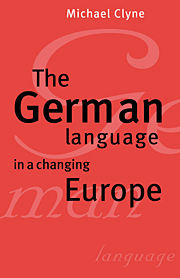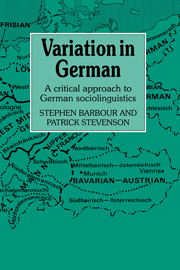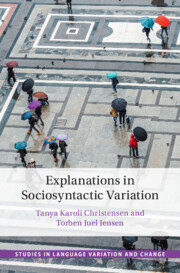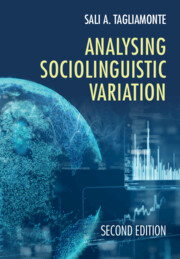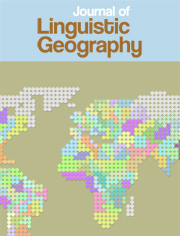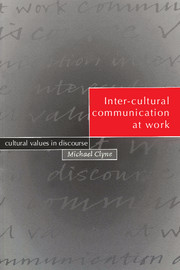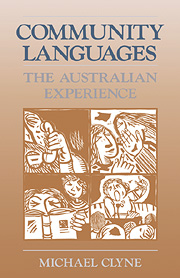The German Language in a Changing Europe
Recent sociopolitical events have profoundly changed the status and functions of German and influenced its usage. In this study (published by Cambridge in 1984) Michael Clyne revises and expands his original analysis of the German language in Language and Society in the German-speaking Countries in the light of such changes as the end of the Cold War, German unification, the redrawing of the map of Europe, increasing European integration, and the changing self-images of Austria, Switzerland and Luxembourg. His discussion includes the differences in the form, function and status of the various national varieties of German; the relation between standard and non-standard varieties; gender, generational and political variation; Anglo-American influence on German; and the convergence of east and west. The result is a wide-ranging exploration of language and society in the German-speaking countries, all of which have problems or dilemmas concerning nationhood or ethnicity which are language-related and/or language-marked.
- Revised and expanded to take account of recent sociopolitical events
- Accessible in approach
- Examines not just Germany but also the German-language countries
Product details
November 1995Paperback
9780521499705
288 pages
216 × 137 × 16 mm
0.43kg
2 maps 18 tables
Available
Table of Contents
- 1. The status of German in contemporary Europe
- 2. German as a pluricentric language
- 3. German in divided and unified Germany
- 4. Language and regionalism in Germany and Austria
- 5. Communication patterns
- 6. Gender, generation and politics: variation and change in language and discourse
- 7. Communication norms and communication barriers
- 8. Recent Anglo-American influence.

